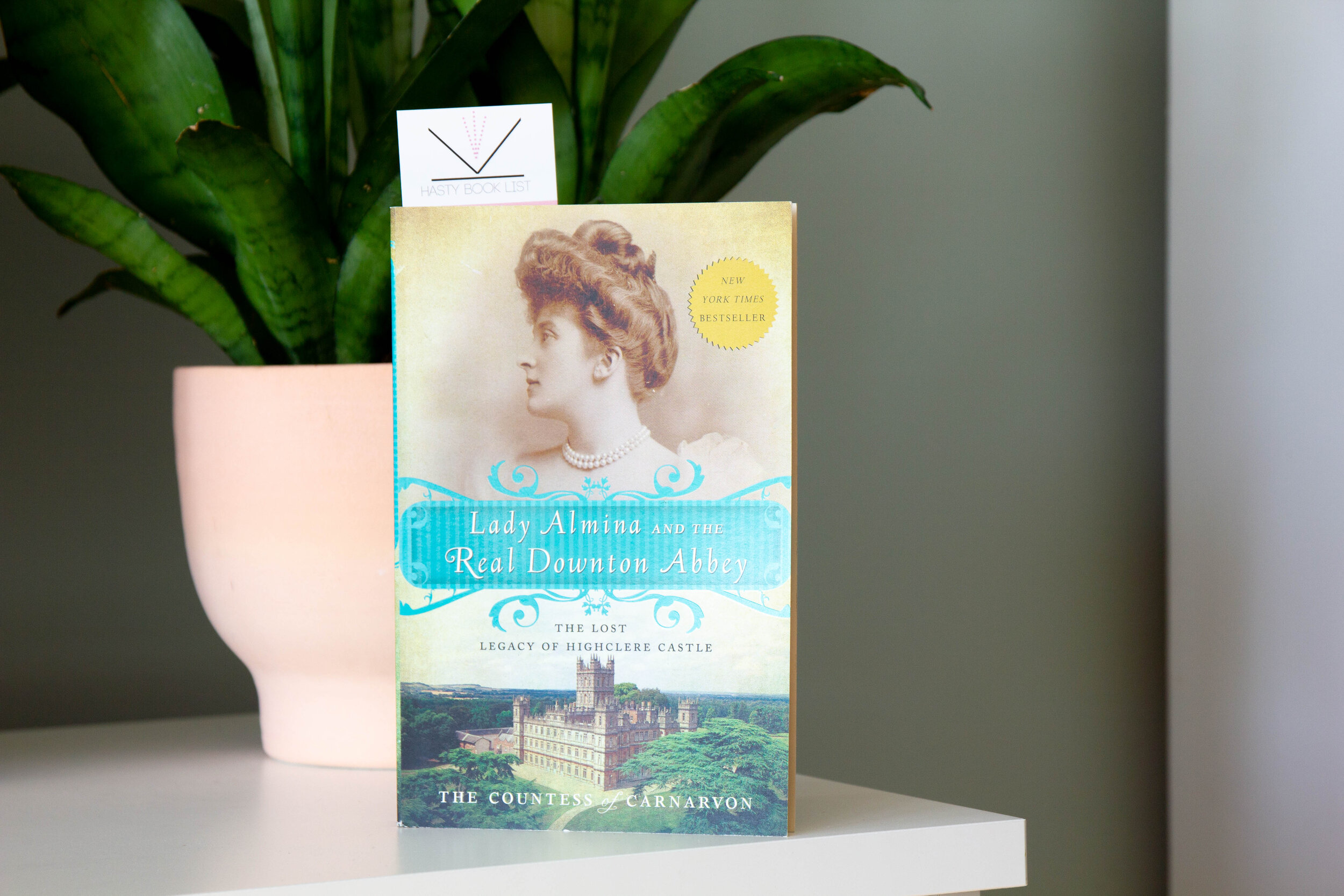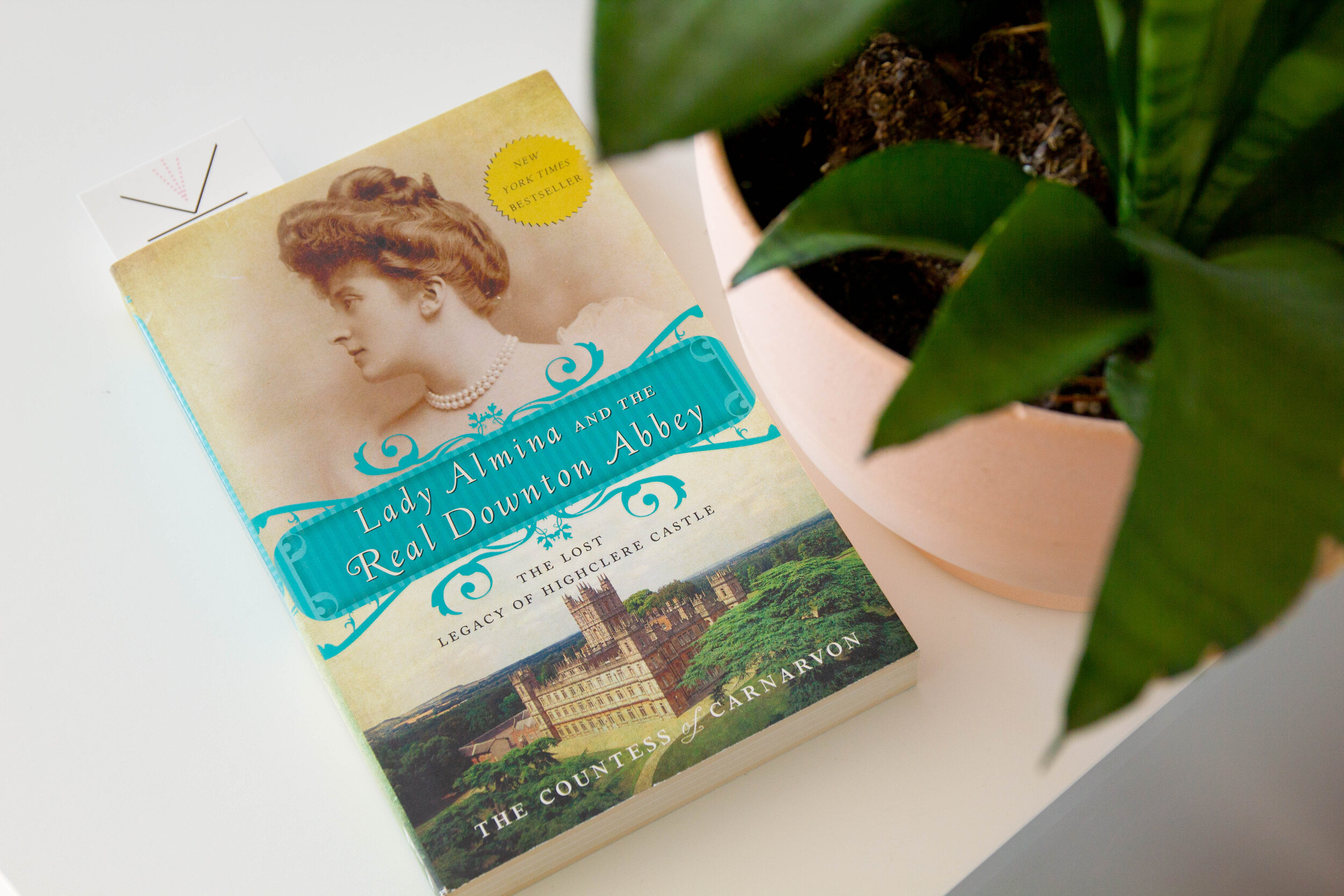Lady Almina and the Real Downton Abbey
Book Review - Lady Almina and the Real Downton Abbey: The Lost Legacy of Highclere Castle by The Countess of Carnarvon
Book Review - Lady Almina and the Real Downton Abbey: The Lost Legacy of Highclere Castle by The Countess of Carnarvon
I purchased this book several years ago at the annual Newberry Library book sale. It sat on my shelf for a couple of years waiting to be read. I got busy with other books, my primary focus is reading books that are newly published to help authors promote their latest books. This year I promised myself to read more books “just for fun.” When Downton Abbey the movie came out, I was inspired to pick up this book and finally give it a read.
Book Review - Lady Almina and the Real Downton Abbey: The Lost Legacy of Highclere Castle by The Countess of Carnarvon
Lady Almina and the Real Downton Abbey tells the story of the real Cora Crawley, Countess of Grantham known as Lady Almina, the 5th Countess of Carnarvon. The book talks about how Lady Almina came to Highclere Castle, how she met the Earl of Carnarvon, and her work as a nurse during WWI turning Highclere Castle into a hospital providing some of the best care available to wounded soldiers. This hospital would be her lasting legacy. If this sounds familiar, the story was adapted in the television series Downtown Abbey.
Book Review - Lady Almina and the Real Downton Abbey: The Lost Legacy of Highclere Castle by The Countess of Carnarvon
I did enjoy reading this book, but it is DENSE with historical information, including the history of Highclere, that everyone may not appreciate. At times I had to skim over lists of names that meant nothing to me or places I’d never heard of. Perhaps someone born and raised in England might know more about the history of the area and understand the references that went over my head. Regardless, I loved hearing the real life inspiration behind the Cora Crawley character in one of my favorite television shows. If you can’t get enough of this stuff, there is another book, Lady Catherine and the Real Downton Abbey, about the woman who succeeded Lady Almina as the Matriarch of the Highclere Estate.
Countess Of Carnarvon
The title of Countess of Carnarvon is associated with Highclere Castle in Hampshire, England, made famous as the primary filming location for the PBS show "Downton Abbey." The title is traditionally held by the wife of the Earl of Carnarvon (or Lord Carnarvon), who is the owner of Highclere Castle. The most well-known Countess of Carnarvon is Lady Almina Herbert, the wife of the 5th Earl of Carnarvon (making Almina the 5th Countess of Carnarvon), who lived during the early 20th century. Lady Almina, also known as Lady Carnarvon, was a prominent socialite and the inspiration for the character Lady Cora Crawley in "Downton Abbey." She is rumored to be the illegitimate daughter of wealthy industrialist Alfred de Rothschild.
The 5th Earl of Carnarvon, full name George Edward Stanhope Molyneux Herbert, was a prominent British aristocrat who lived from 1866 to 1923. He is best known for his association with the discovery of the tomb of Tutankhamun, the Egyptian pharaoh. The excavation of which was interrupted by the first World War, but resumed later. Lord Carnarvon, along with the archaeologist Howard Carter, funded and led the excavation in the Valley of the Kings in Egypt. On November 26, 1922, they made the historic discovery of the virtually intact tomb of Tutankhamun, one of the most significant archaeological findings of the 20th century. However, shortly after the discovery, Lord Carnarvon fell ill and died on April 5, 1923, due to an infected mosquito bite, leading to rumors of a curse associated with the opening of Tutankhamun's tomb.
In addition to his archaeological pursuits, Lord Carnarvon was a patron of the arts and a notable horse racing enthusiast. He was also interested in early motoring and aviation, being a member of the Royal Aero Club. His legacy lives on through the continued prominence of Highclere Castle, the seat of the Earls of Carnarvon, and through the worldwide fascination with the discovery of Tutankhamun's tomb, which continues to captivate historians and archaeologists to this day.







